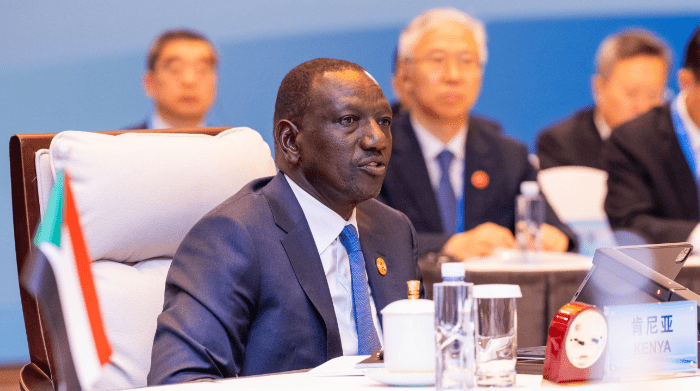Kenya’s current account deficit to widen to 6pc

Kenya’s current account deficit is expected to hit a record high of 6 per cent by end of this year before it starts narrowing down in the medium term commencing in 2023.
This is on the back of high import bills caused by the hiked energy prices, which has washed away the gains of diaspora remittances, tourism and exports of products like horticulture which is currently booming due to the ongoing festivities.
According to World Bank, the projected widening deficit is linked to the anticipated decline in economic activities in Europe and America, which could dampen the remittances inflow in Kenya.
“The current account deficit is projected to increase to 6.0 per cent of the GDP by end of 2022 as the anticipated sharp economic slowdown in North America and Europe dents remittances growth and the continued war in Ukraine keeps global energy prices elevated,” World Bank says in the latest Kenya economic condition 2022 report.
A decline in economic activities in these countries means that the diaspora will be lacking buffer capital to send back home amid rising global inflation. The US remains the largest source of remittances to Kenya, accounting for 55.8 per cent in November.
By the end of November, the cumulative diaspora inflows remained strong at $4 billion (Sh484 billion), a 9.7 per cent increase compared to $3. 67 billion (Sh444.07 billion) 12 months back. “The remittance inflows continue to support the current account and the foreign exchange market,” the Central Bank of Kenya (CBK) said in its weekly market bulletin.
The projections by the Bretton Woods institutions conflict CBK’s data which had projected the current account deficit to hit 5.6 per cent by end of this year, mainly due to high oil prices. The current account often measures the difference between a country’s forex inflows and outflows, with a deficit arising when the outflows are higher.
Commodity export
World bank says it, however, anticipates Kenya’s current account deficit to narrow to 5.3 per cent thereafter in 2023/24, buoyed by an increase in commodity export prices, growth recovery, and marginal cool-off of crude oil that will see Kenya’s import bills moderate.
A narrow account, which comes with a drop in dollar demand, would offer a reprieve to Kenya’s shilling, which has been shading off drastically, trading at an all-time low of about Sh122 per dollar.
In the third quarter ending September 2022, the current account balance is estimated to have narrowed to $1.53 billion (Sh185.13 billion), reflecting increased receipts from both services and merchandise goods exports amid sustained growth in imports.
Kenya is a net importer, especially key consumer goods such as petroleum products and industrial items, hence the deficit in the current account estimates.
Cumulative 12-month oil imports hit $5.4 billion (Sh661.2 billion) in September, nearly double the $2.9 billion (Sh355.1 billion) spent in the same period last year.
Oil prices in the international market have been declining gradually over the past few months, with Murban oil prices decreasing to $76.13 (Sh9211) per barrel by 8th December, but in the domestic market, the pump prices still remain elevated.












